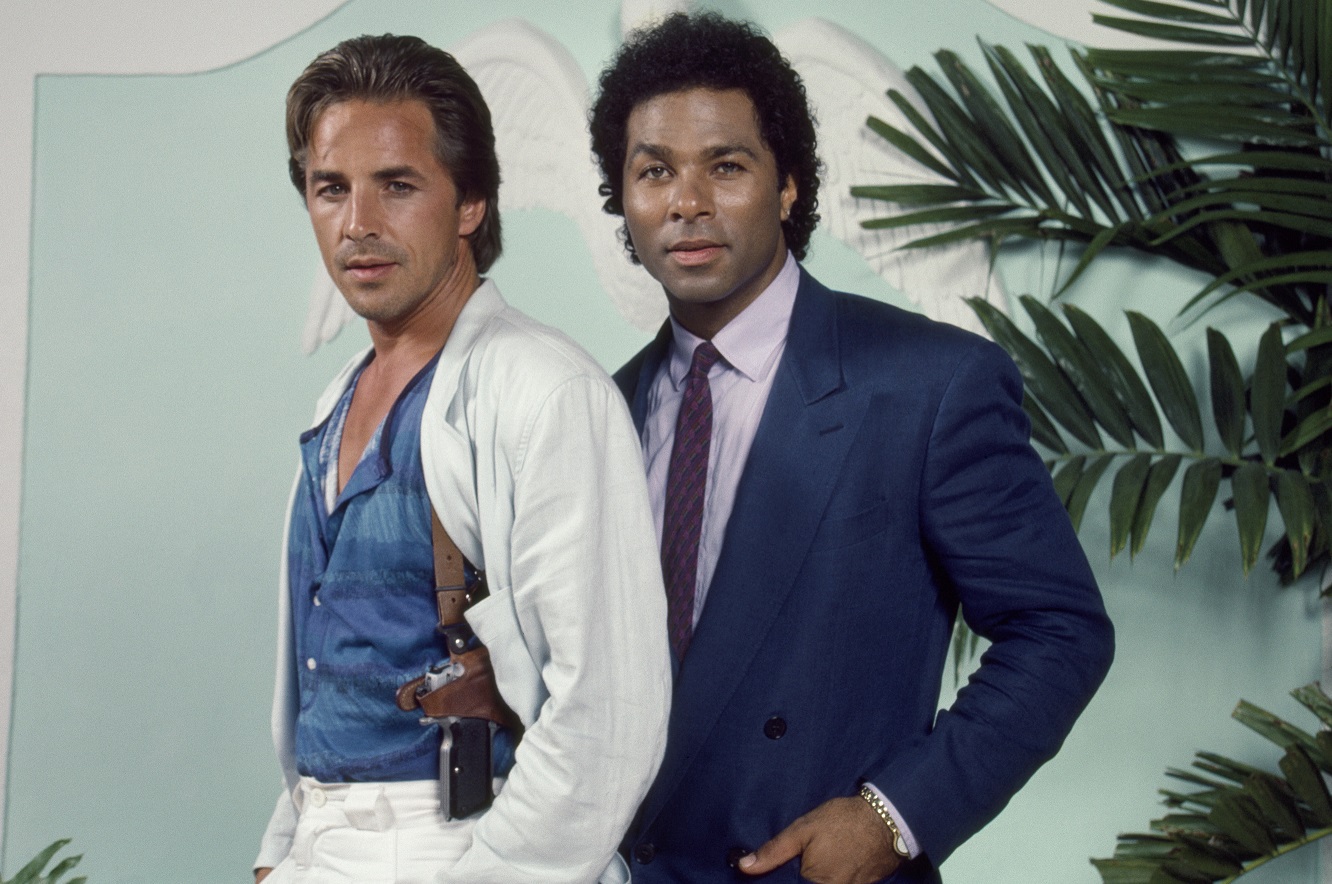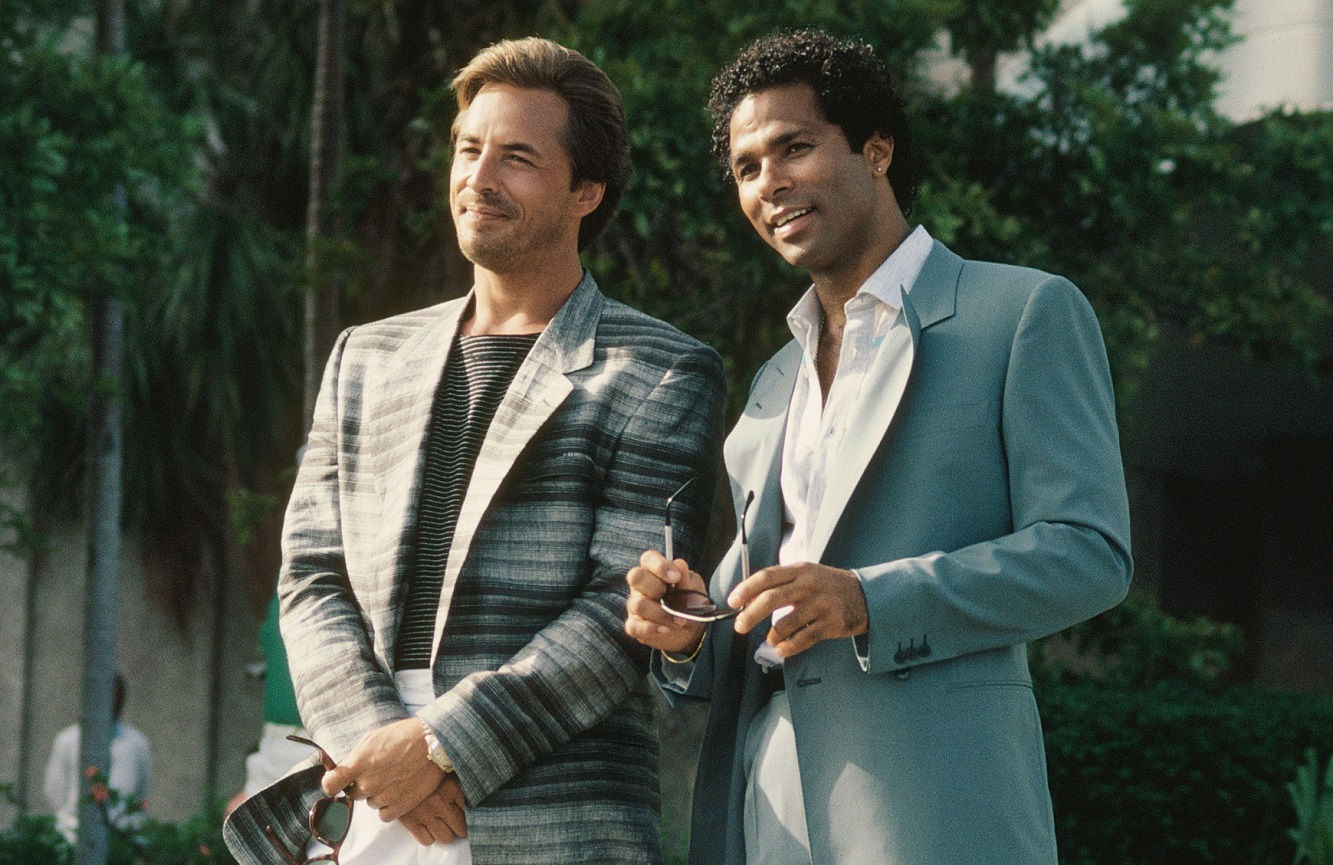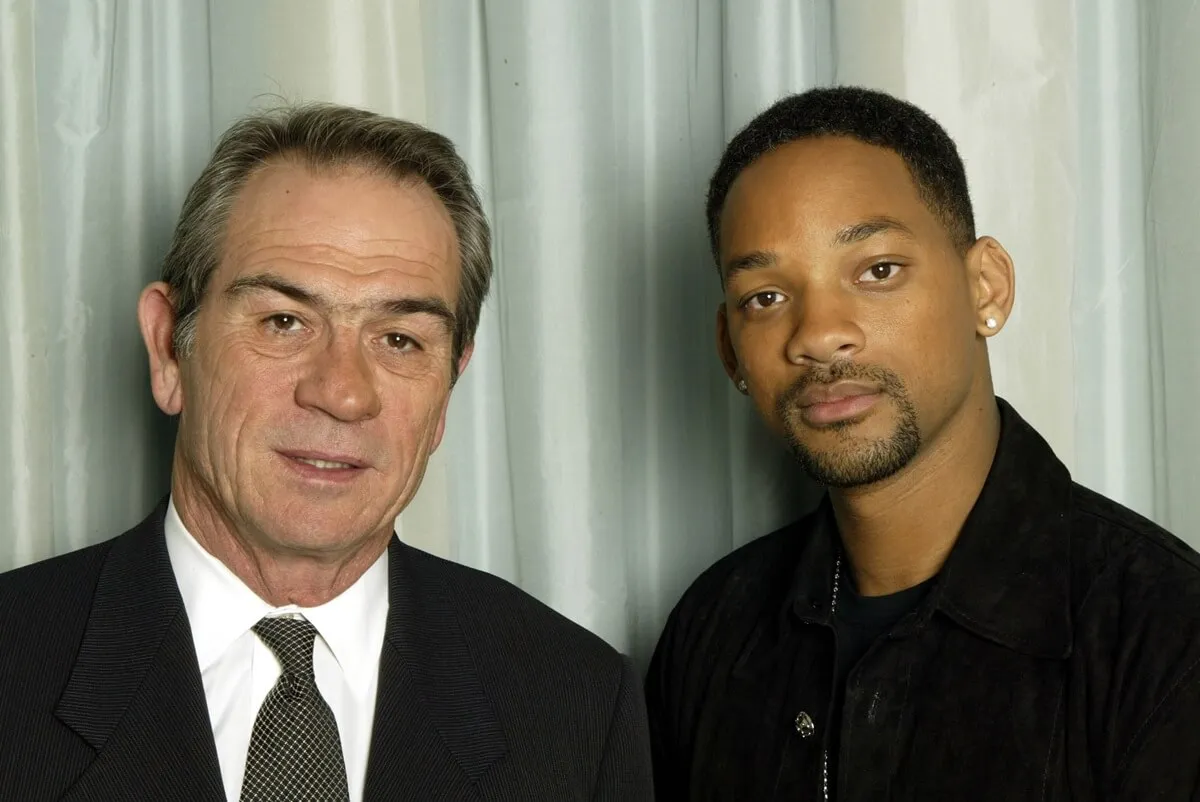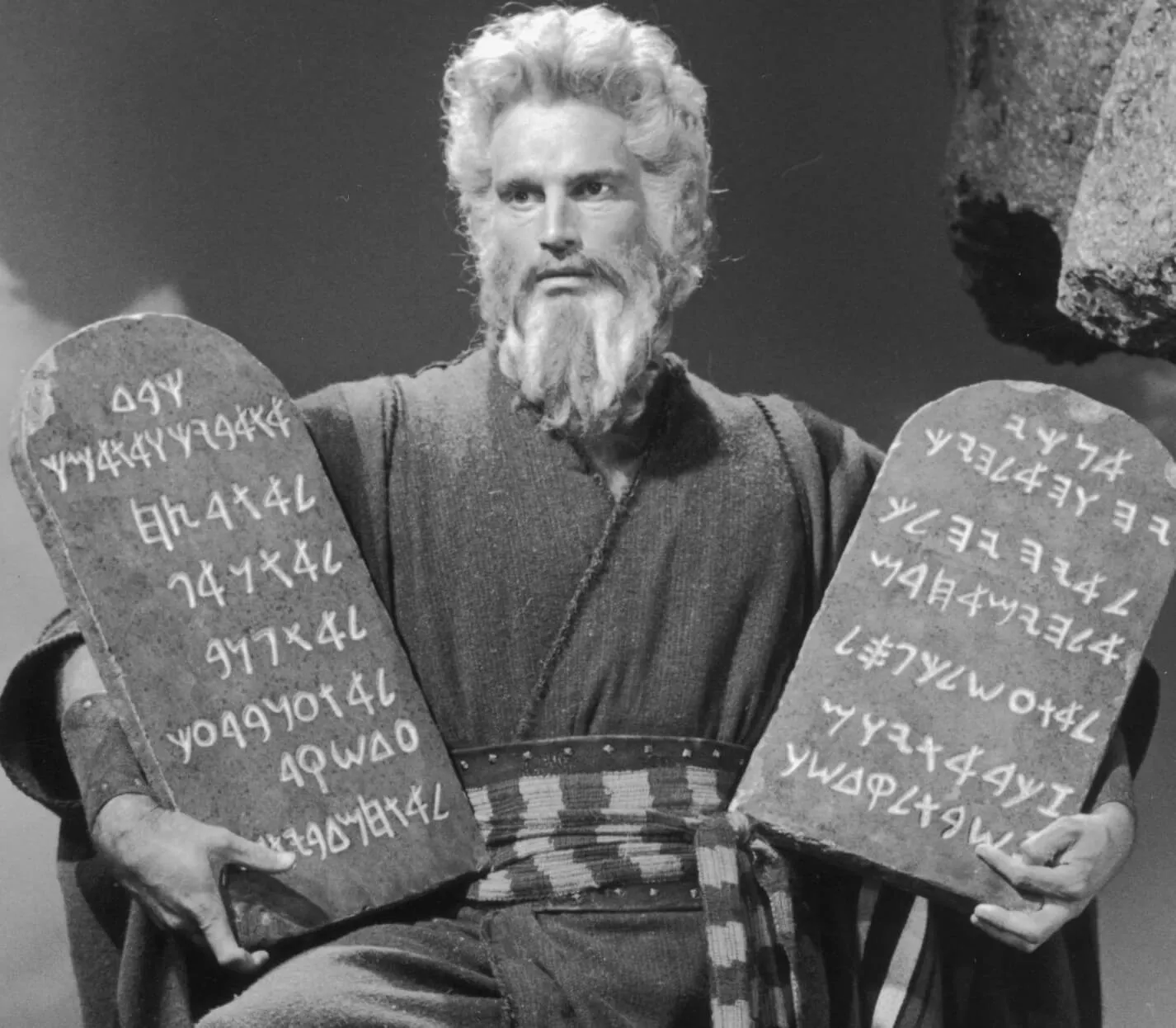‘Miami Vice’: Did Directors Really Have to Avoid Colors Like Red and Brown?
When the Miami Vice film arrived in 2006, the press had fun with Colin Farrell and Jamie Foxx discussing the look of the ’80s original. It may have been 20 years later, but everyone remembered the peach and pink hues; the black and white Ferraris; and the shoeless Don Johnson (Sonny Crockett).
So what did Farrell remember? “The pink flamingos,” he told MTV News. That was the ideal outlet to report on a show rumored to have been conceived of by NBC’s Brandon Tartikoff (with a note on a cocktail napkin). “MTV cops,” Tartikoff supposedly wrote.
Thinking of Miami Vice (especially in the beginning), that tag makes sense. And you could say the same about the idea that production teams were forbidden to use earth tones. Did executive producer Michael Mann really insist on a policy of “no red or brown colors”? He did.
‘Miami Vice’ directors couldn’t use earth-tone colors on the screen

The show’s visual style got the amount of ink it deserved in a 1985 Time Magazine article. Bobby Roth, who directed a season 1 episode, spoke about Mann’s approach to filming. Roth used a trick Mann had used on Thief (1981). That is, he watered down the streets.
“Michael carried a water truck around with him on his movie,” Roth told Time. “You get a different look, a beautiful reflection of moonlight off the pavement.” But Roth was only skimming the surface. Mann had plotted everything from choices in watches to the colors on the screen.
“There are certain colors you are not allowed to shoot, such as red and brown,” Roth told Time. “If the script says ‘A Mercedes pulls up,’ the car people will show you three or four different Mercedes. One will be white, one will be black, one will be silver. You will not get a red one or a brown one.”
Since Mann only worked as showrunner through season 2, you will see this approach in the show’s earlygoing. By season 3, Dick Wolf had stepped in and began doing things his way. But the original Miami Vice concept forbade earth tones.
Later ‘Miami Vice’ seasons did feature earth colors

Clearly, Mann wanted a very specific visual style on the screen. When Wolf took over as showrunner, the story gained more prominence on Miami Vice. Wolf didn’t mind an earth tone as long as he told a tight story in 43 minutes every Friday night. So the series took on a different feel.
Miami Vice fans tend to describe the Wolf era (seasons 3-4) as “different” rather than “better” or “worse” than the Mann years. Without question, the episodes featuring Crockett with amnesia (as alter ego Sonny Burnett) rank among the series’ highlights.
Does the Wolf period lack the visual panache of seasons 1-2? Perhaps, but the future Law & Order creator was playing to his own strengths. And you have to admire Wolf’s moxie. Writing and getting the aliens episode (“Missing Hours“) on network TV took guts.


